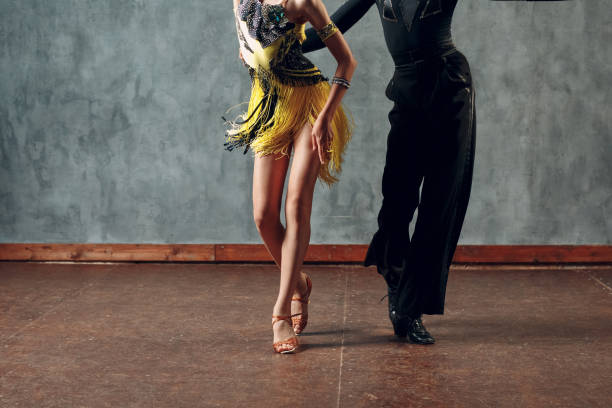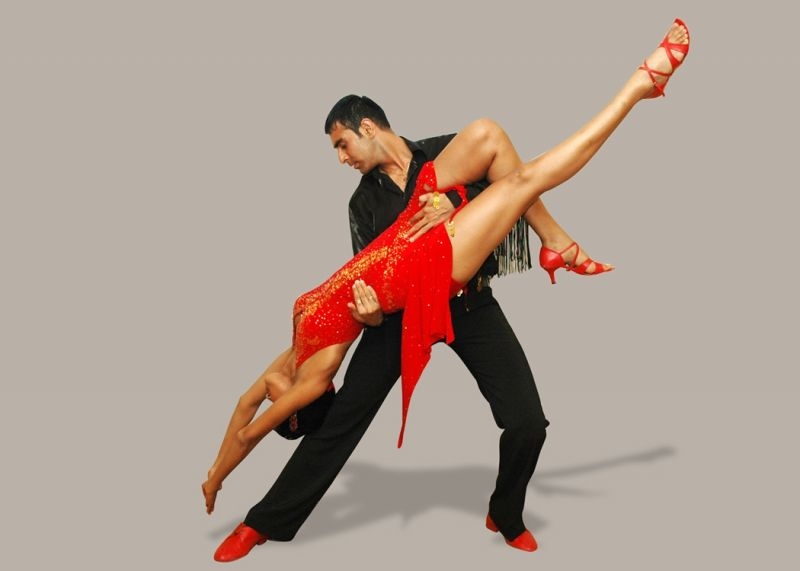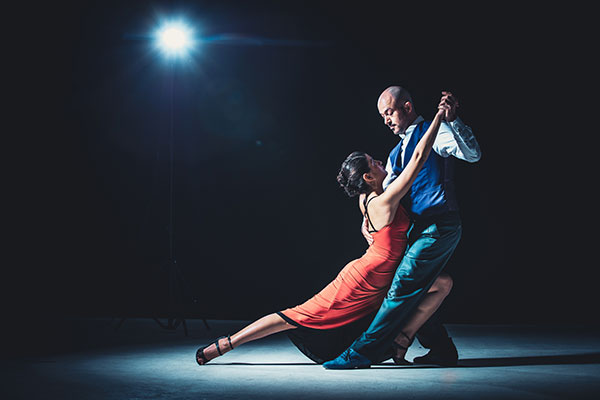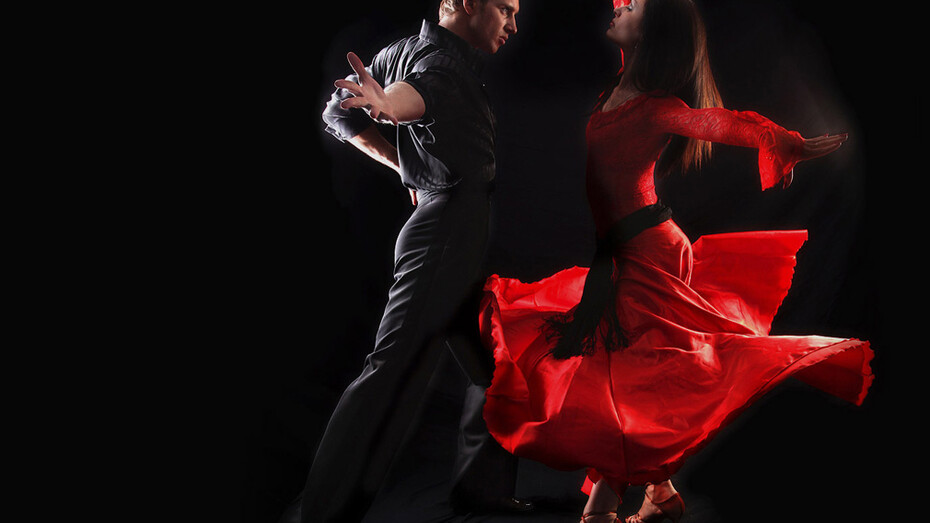
Why is dancing in New York called “salsa on 2” – but LA “salsa on 1”?
Salsa is a sensation. It has been since it was first introduced. Whether referring to the music, the dancing, or the culture surrounding it, salsa has proven to be one of the most infectious cultural elements of Latin America. Like with most cultural elements, however, the specifics of salsa vary depending on where you are in the country.
For example, in New York, which was home to the “salsa explosion” of the 1970s, dancing is referred to as “salsa on 2.” Conversely, in LA, California, it’s referred to as “salsa on 1.” Why is this?
Well, let’s do some investigating so you know which to go for depending on where you are!

A salsa history
“Salsa” translates to “sauce” in Spanish, and it’s quite an apropos title given the energy and vivaciousness of the genre. It’s theorized that the genre dates back to 1930, when the composer Ignacio Piñeiro wrote the song “Échale salsita,” which means “Put some sauce in it.” The terminology caught on, and by the 1940s, Cuban artist Cheo Marquetti named his group Conjunto Los Salseros.
Things began to heat up in New York in the 1950s, when the Mambo scene incorporated outside influences like jazz and Afro-Cuban rhythms and spawned what we now hear as the classic “salsa sound.” There were several young musicians in the mix, but it didn’t become solidified until the founding of Fania Records in 1964. The record label was an immediate success; the salsa equivalent of Motown, and it led to the rise of numerous genre legends like Hector Lavoe, Willie Colon, Ray Barretto, and Ruben Blades.
The genre continued to flourish through the 1970s and 80s, but the 90s saw the next big leap forward in terms of commercial success. Salsa romantica became a movement, with singers emphasizing ballads and love songs, and it led to unprecedented success for acts like Marc Anthony, Luis Enrique, and Jerry Rivera. Anthony became the first salsa artist to have an album chart on the Billboard 200 in the United States, and he remains the genre’s biggest-seller.

What is “salsa on 2”?
The biggest draw of salsa, besides the music, of course, is the dance. It’s one of the most infectious dance styles in the world, but it’s important to understand what differentiates the style on both the East and West coasts of the U.S. Salsa in New York is called “salsa on the 2” because you are breaking on the 2nd beat in the music.
Salsa is one of the most rhythmic of all music genres, so breaking on the 2nd beat will result in an entirely different speed and tempo than, say, breaking on another beat. The benefits of breaking on the 2nd beat is that the 2nd beat is generally where the music and instrumental arrangements fall in; namely, bass, conga, and the clave.
When it comes to dancing to salsa made by the bands and orchestras of the past, a lot of people prefer “salsa on 2” because of the way it allows you to connect with all of the core instruments. Geographically, this makes sense. New York is famed for the hard-driving orchestral sound pioneered by people like Colon and Larry Harlow in the 1970s, so it makes sense that the city would prefer more of a musical approach to dance.

What is “salsa on 1”?
As you can guess based on the previous section, “salsa on 1” simply means you are breaking on the 1st beat instead of the 2nd. It’s a fairly simple concept, which was pioneered by the Vazquez brothers in Los Angeles. It’s generally considered to be modern in comparison to “salsa on 2” because it allows for a greater emphasis on melody and the vocals than the instrumentation.
If you are just starting out, then “salsa on 1” is easier to learn because the melody of a song will always be easier to discern than the underlying rhythm. There’s also the fact that most contemporary salsa has done away with the orchestral flourishes of the 70s, meaning “salsa on 2” feels less necessary with today’s hit songs.
Both have their place, of course, but we hope this breakdown provides ample material for you to decide which form of salsa dance you prefer and works best for you. As long as you get out on the dance floor and enjoy yourself, it doesn’t matter which one!







